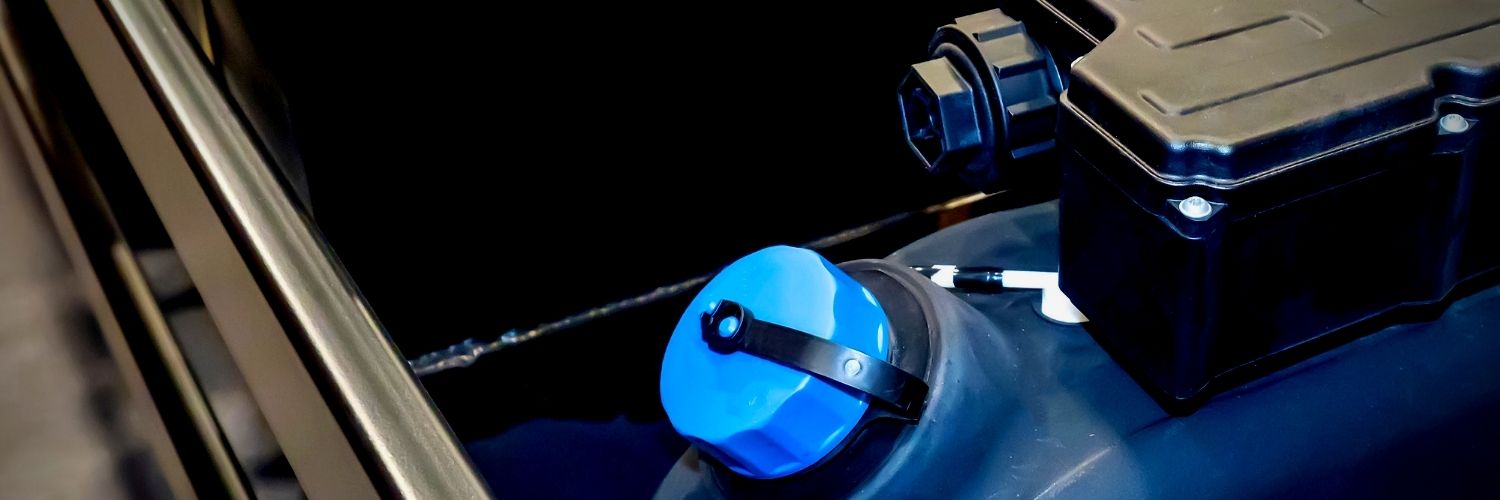Diesel Exhaust Fluid (DEF) is a blended aqueous urea solution of 32.5% high purity urea and 67.5% deionized water used to reduce pollution in newer Tier 4 Final diesel engines. As DEF is injected directly into your SCR system, quality control is critical for peak operation of your equipment.
Poor quality DEF can cause significant component damage, equipment failure and void the manufacturer’s warranty leading to expensive repair costs. When diesel exhaust fluid quality deteriorates, you may experience increased DEF consumption or reduced DEF effectiveness, equipment failure, SCR system malfunctions or component damage.
Save 20%
Need to check your DEF? The Standard DEF Test Package will test for cleanliness and Urea concentration. Use promo code STANDARDDEFPROMO at checkout. Online orders only.
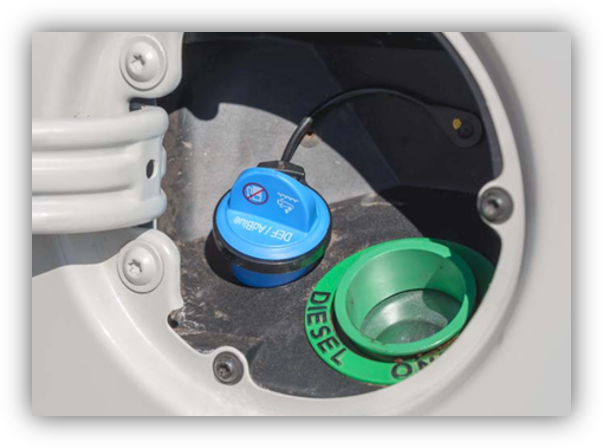
COMMON DEF PROBLEMS
Diesel Exhaust Fluid quality can be affected by:
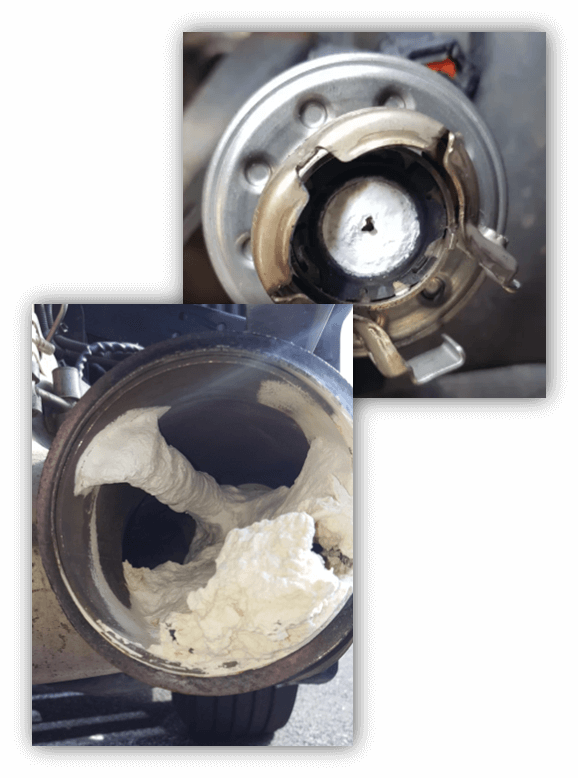
Crystallization: Crystallization can occur in a couple of ways – over-dosing and hard water top ups. Over-dosing occurs when too much DEF is added to the system – the DEF may not fully hydrolyze which can lead to crystalized deposits in the exhaust or injector nozzle. Over-dosing can result from a partially open DEF injector nozzle, plugged DEF lines or DEF pump issues. Topping up your DEF system with hard water can also result in scale or deposits forming.
Dirt / Metal Contamination: Contaminated DEF can cause abrasion of the DEF pump. Dirt, rust or tank scale can occur with improper DEF storage or handling (e.g. res-using disposable DEF containers).
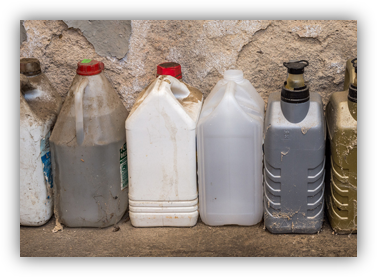
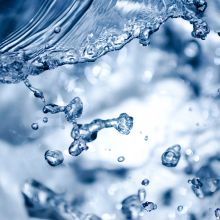
UREA Concentration (Dilution): Diluted DEF (too much water) reduces its NOx neutralization effectiveness. Most DEF is sold pre-mixed but topping up with water will affect concentrations (and could also lead to crystallization as noted above).
Cold Weather: DEF may gel or freeze in colder climates (12ºF (-11ºC)) preventing engine operation. Additives should not be used to thaw DEF as additives can throw off the concentration of the fluid and damage the SCR system.


Other Fluids: Contamination of the DEF tank from other fluids such as diesel fuel, coolant, or engine oil being added can cause damage to the SCR system and engine shutdown.
HOW TO TEST FOR COMMON DEF PROBLEMS
Prevention and proactive monitoring of your Diesel Exhaust Fluid can help prevent issues. You can test for DEF issues in field and submit samples to the lab for review.
Testing for Crystallization:
Crystallization builds up over time. Testing DEF currently in the tank may or may not indicate issues which can cause future crystallization. Common field and lab testing include:
- Visually inspecting exhaust piping and DEF injectors for presence of crystallization.
- Testing DEF for evidence of minerals (calcium, etc.) and composition of deposits using ICP Spectrometry or XRF Spectrometry.
- Confirming DEF quality during delivery or in bulk storage by requesting the Certificate of Analysis from your DEF supplier or submitting a sample for testing according to the ISO 22241-1 standard.
Testing for Dirt / Metal Contamination:
DEF is naturally clear – if it appears cloudy or colored, you may have an issue with age or contamination. You can also visually inspect the DEF filter and storage containers for dirt or metal debris.
DEF should meet the ISO 22241-1 standard for cleanliness and is measured using the Insoluble Matter test (<20 ppm max). For many OEMs, DEF cleanliness is measured using ISO Particle Count and should have a result of 18/16/13 or lower.
Testing for UREA Concentration:
The percentage of Urea should be between 31.8% – 33.2% (target is 32.5%). You can use a handheld DEF refractometer to measure the concentration specifications of the fluid and also submit samples for analysis using the Urea Content (Refractive Index Method) or (from Nitrogen) tests.
Testing for Other Fluids:
As DEF is often contaminated with diesel fuel. A simple smell test should indicate if fuel has contaminated your DEF. For DEF contaminated with antifreeze, the % Urea concentration may change, and testing should be done as noted above. Engine oil or hydraulic oil contamination can be tested by collecting a sample at the top layer of the DEF tank. If engine or hydraulic oil is present, it will form a separate layer in the sample taken.
For more information on Diesel Exhaust Fluid testing and analysis download this quick reference recommended DEF test overview or contact us for assistance.
